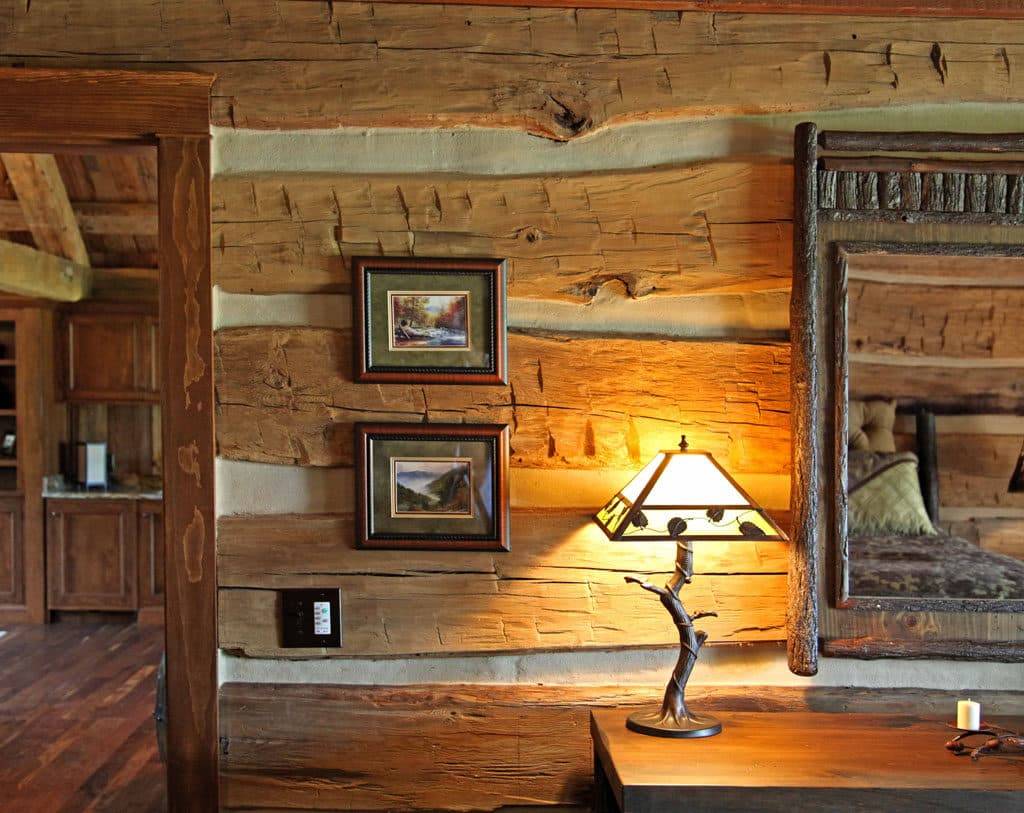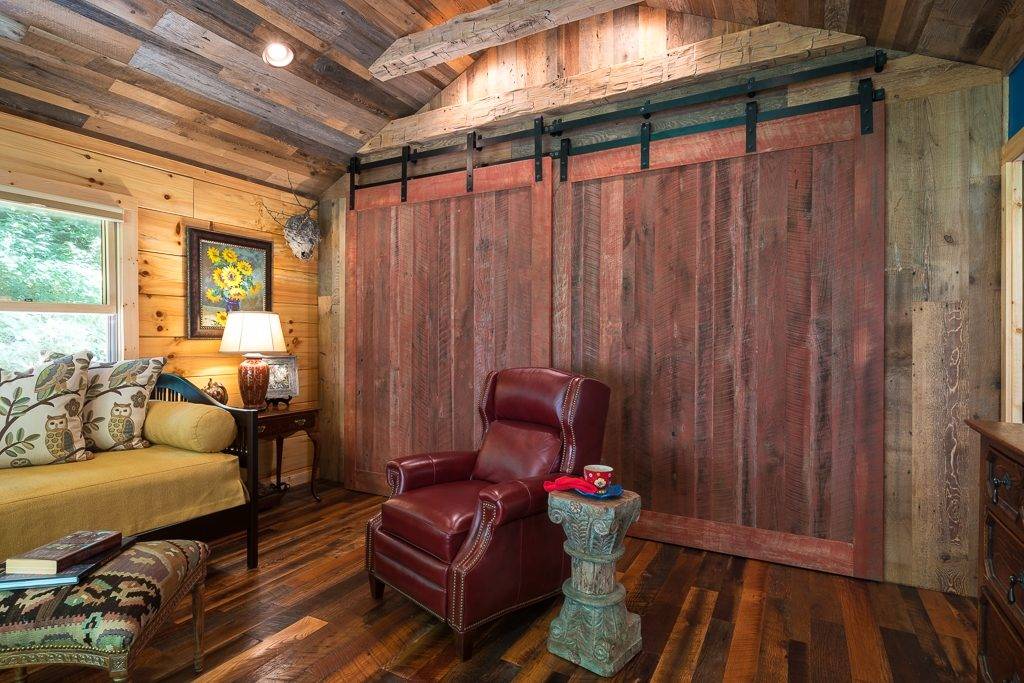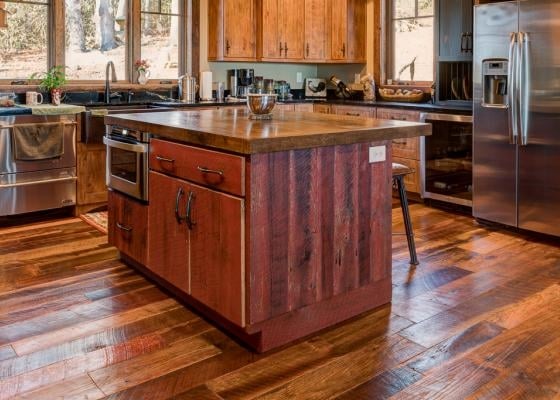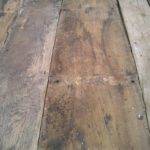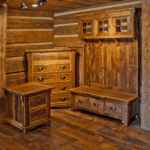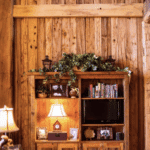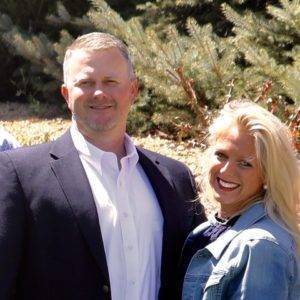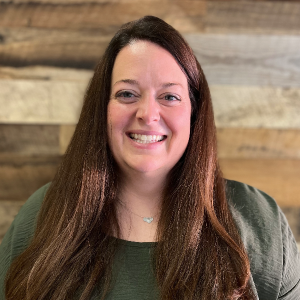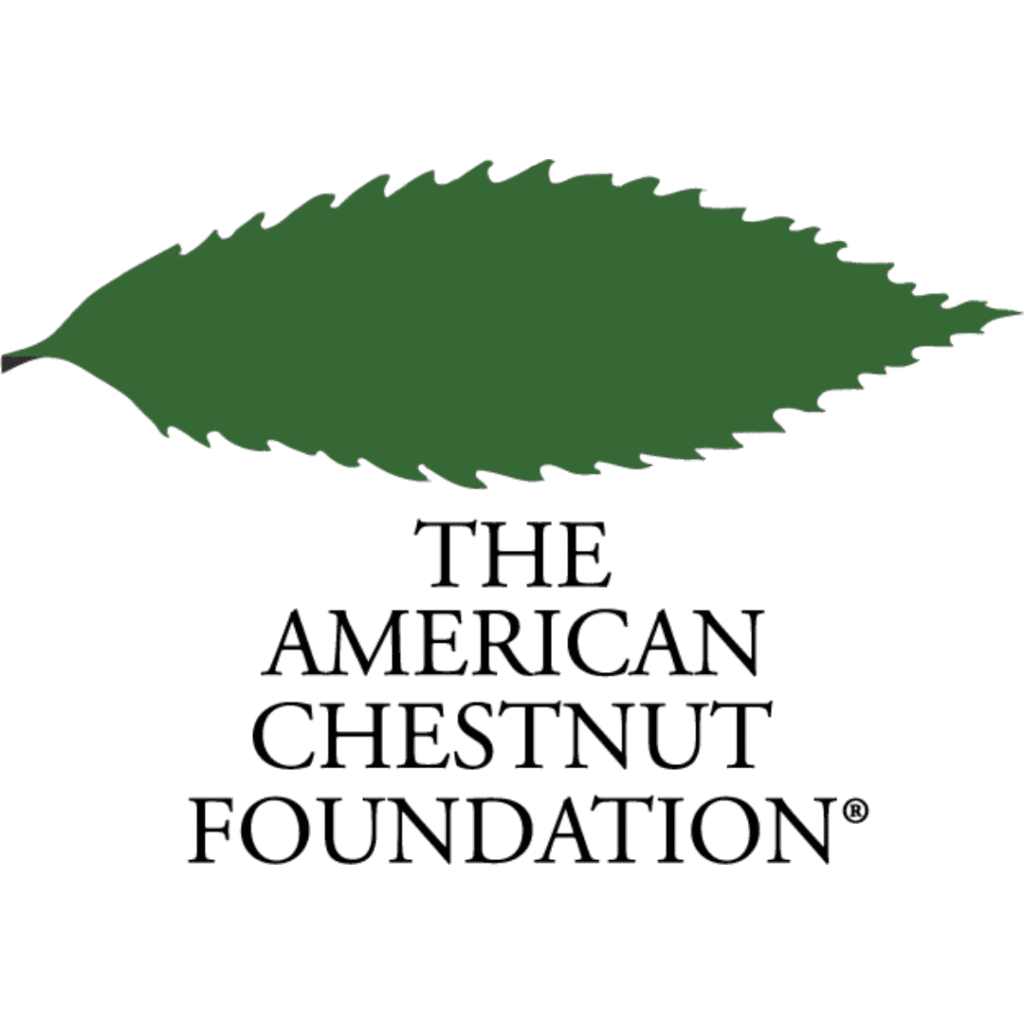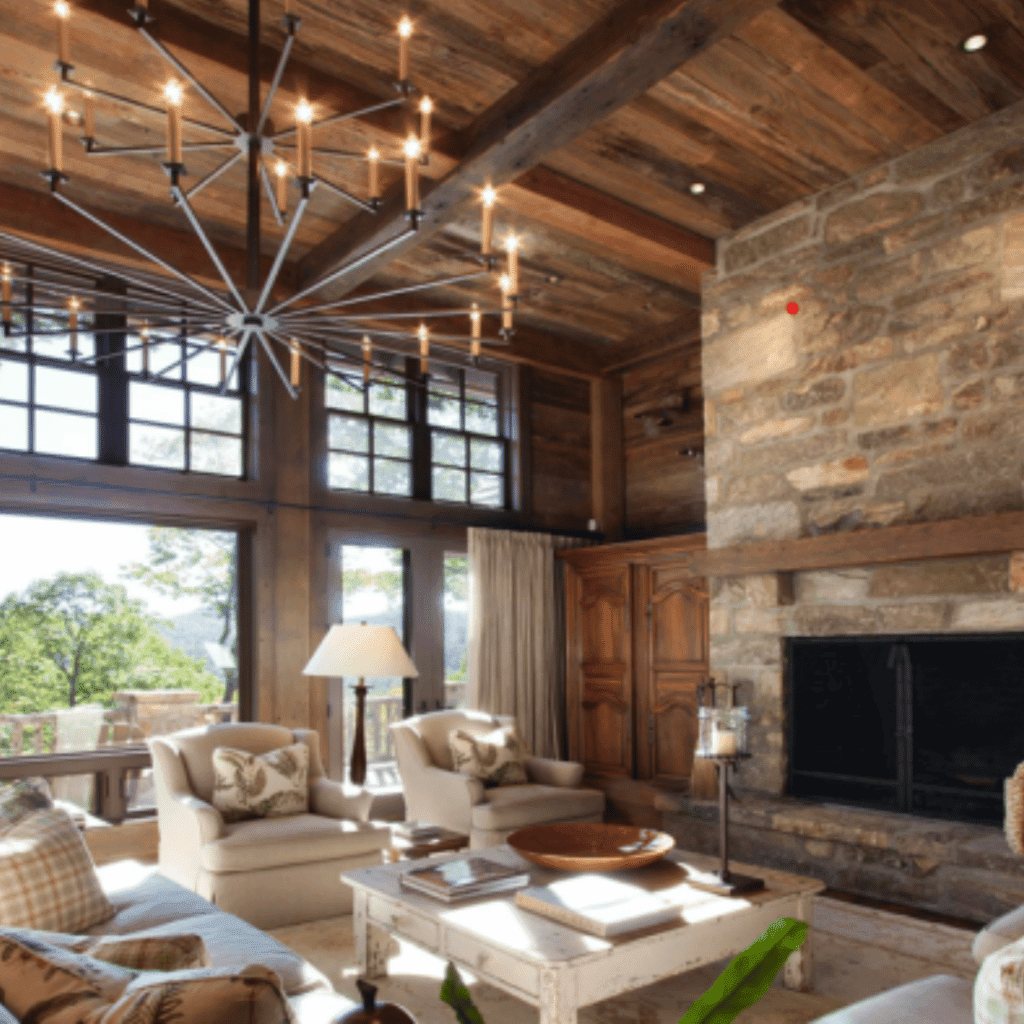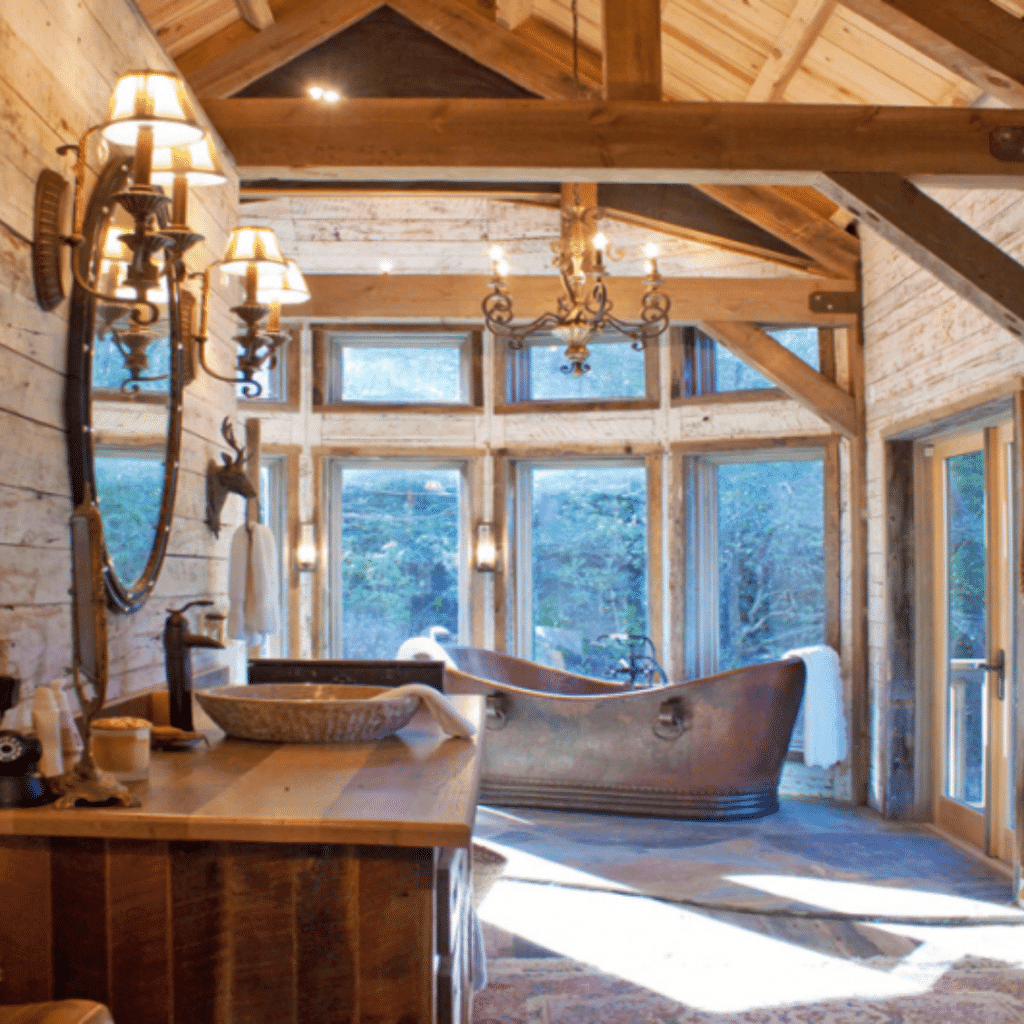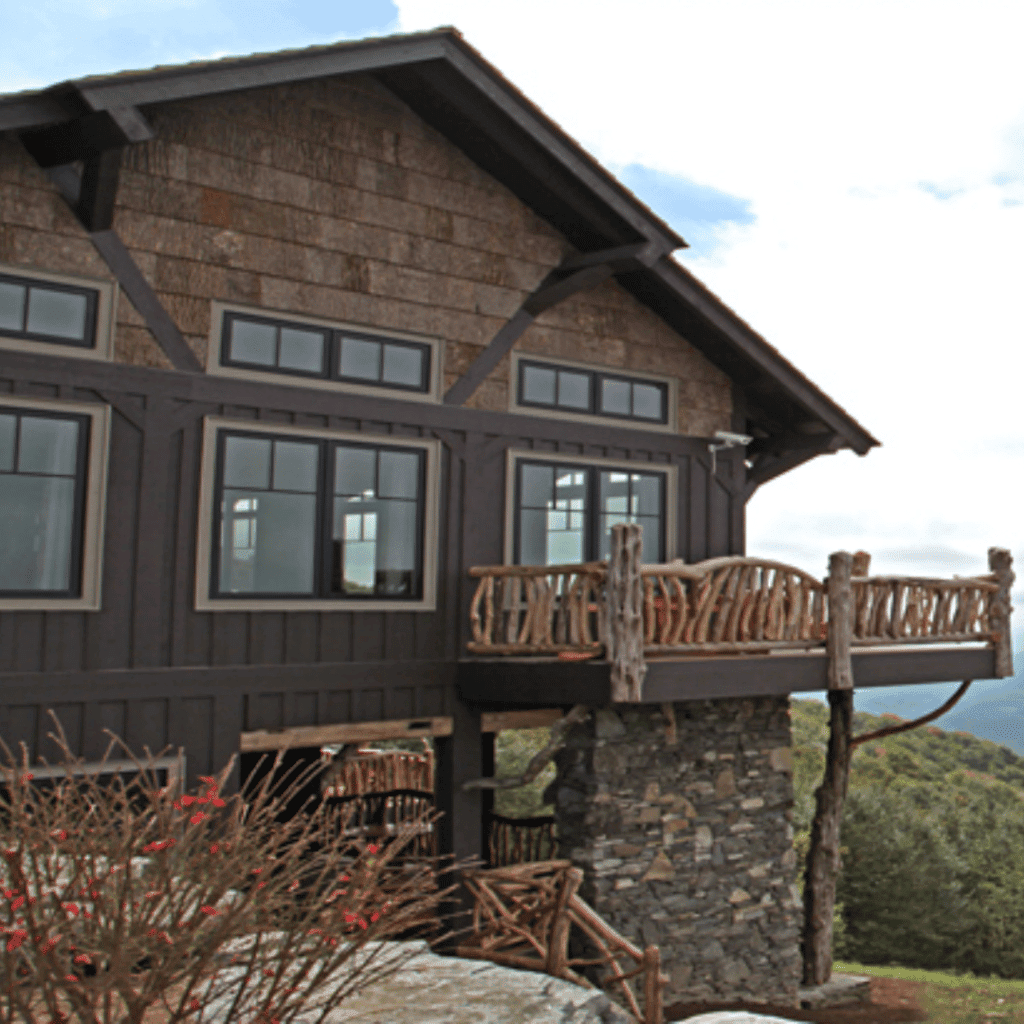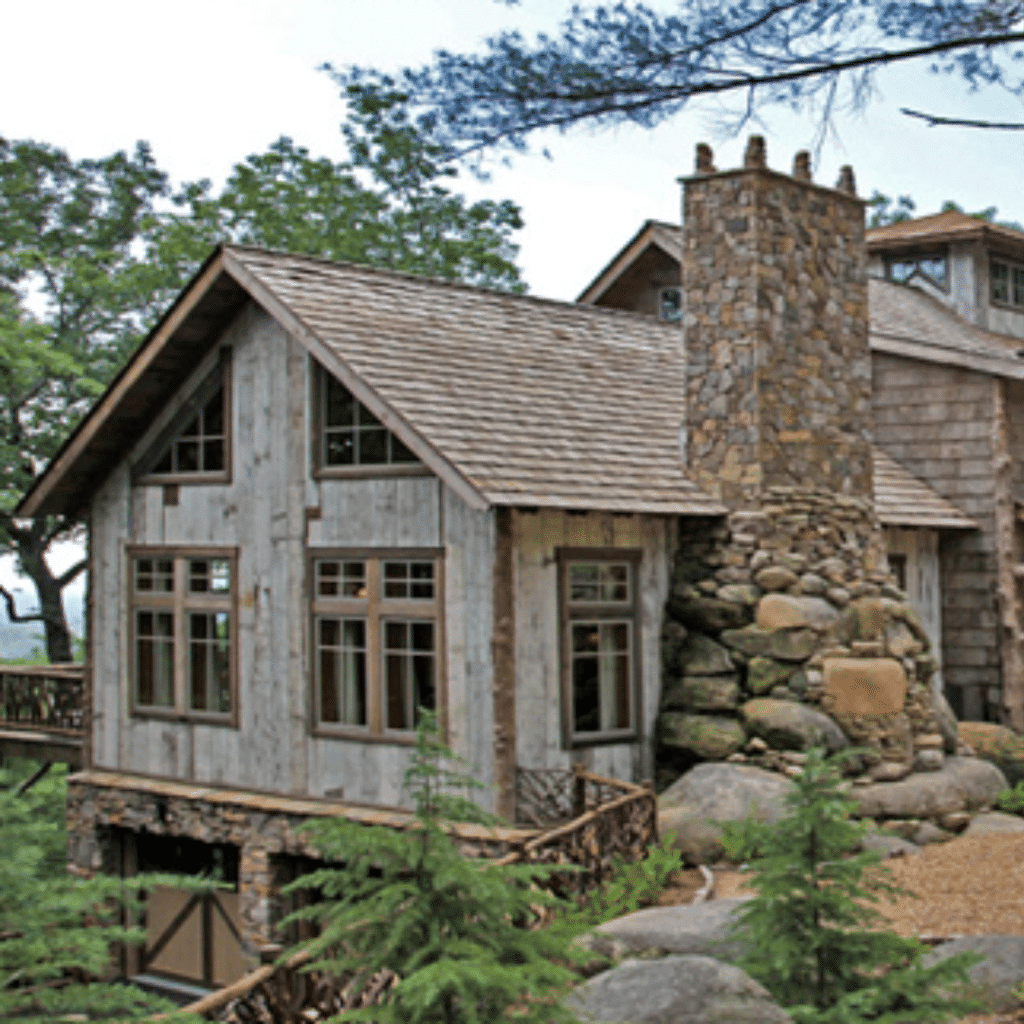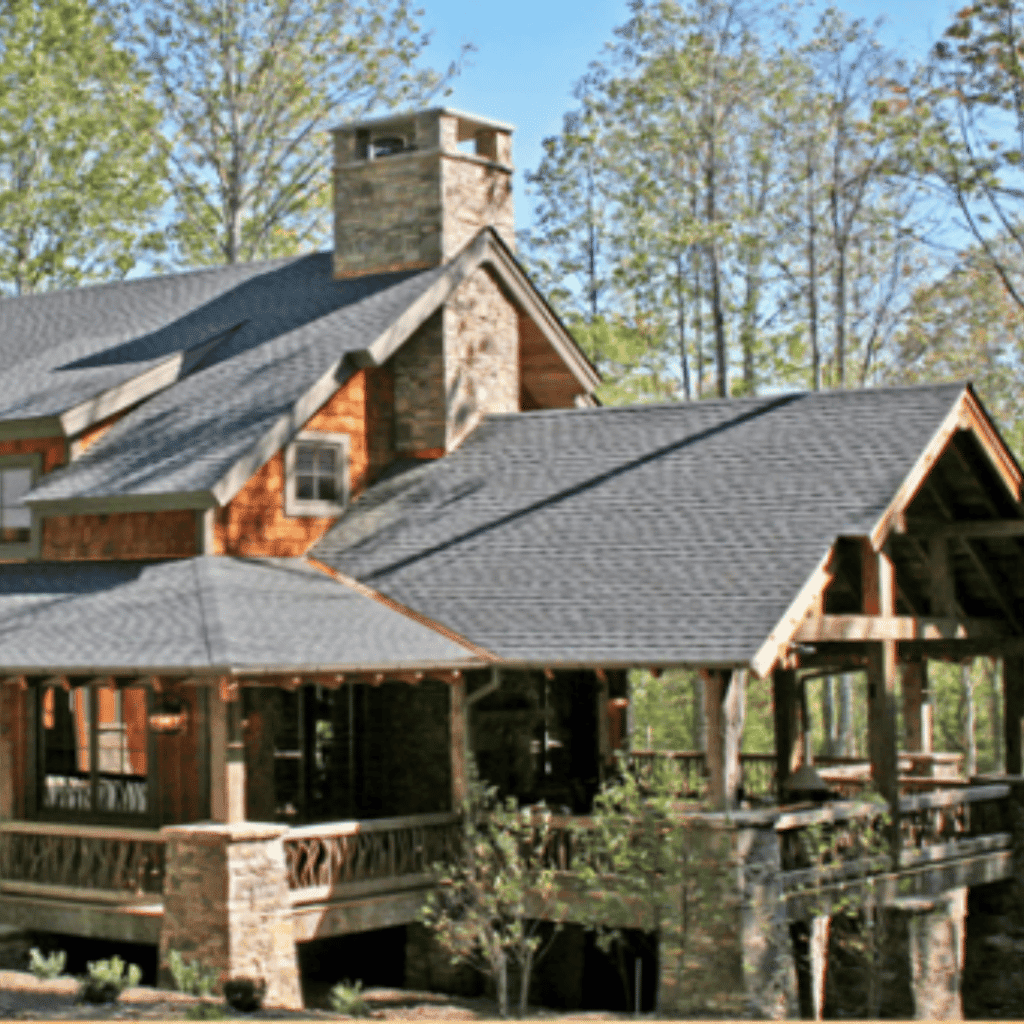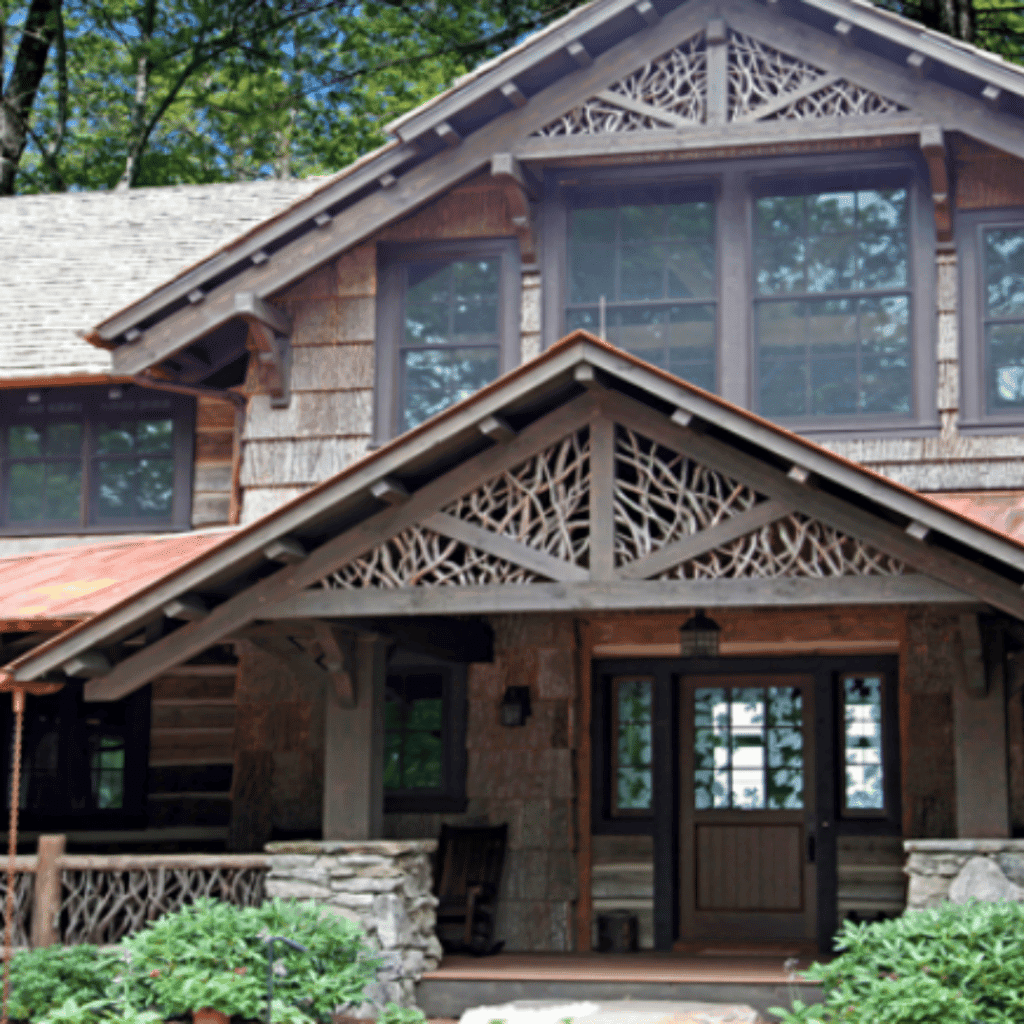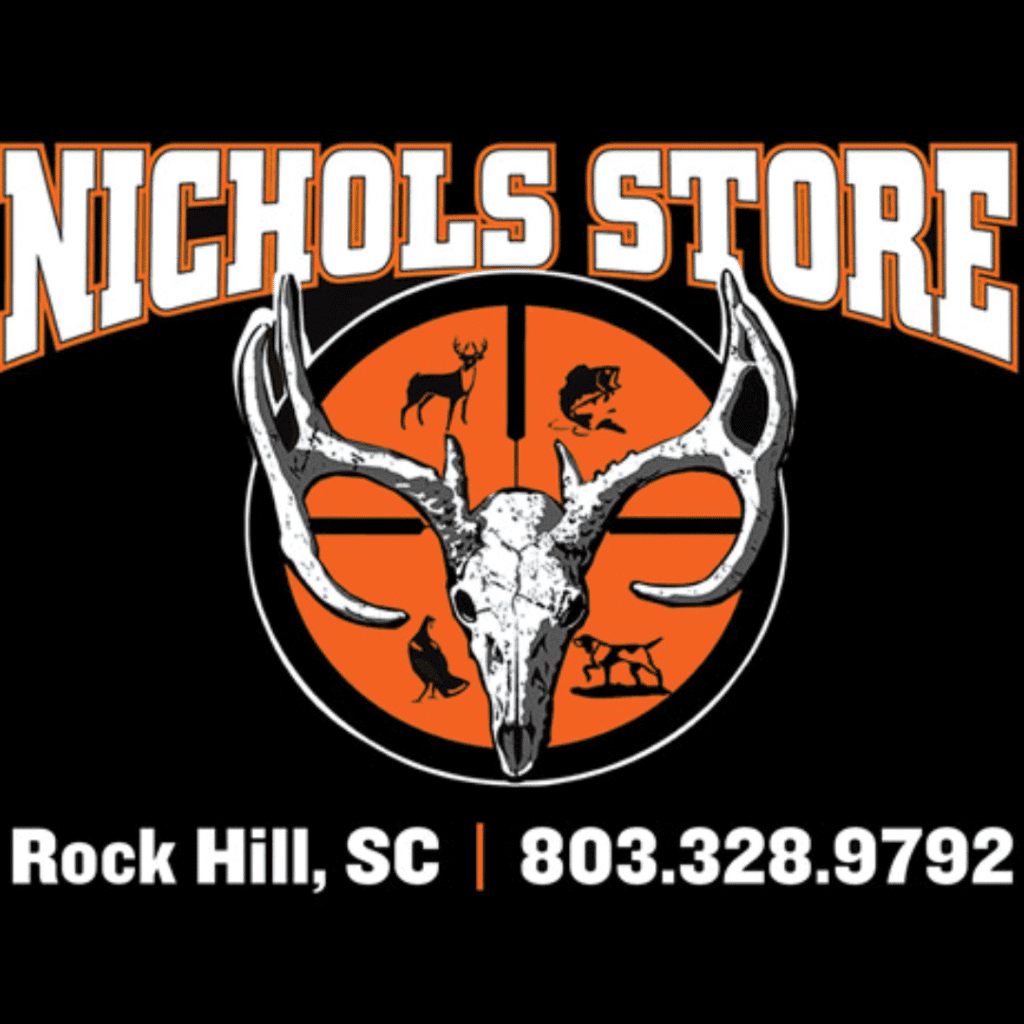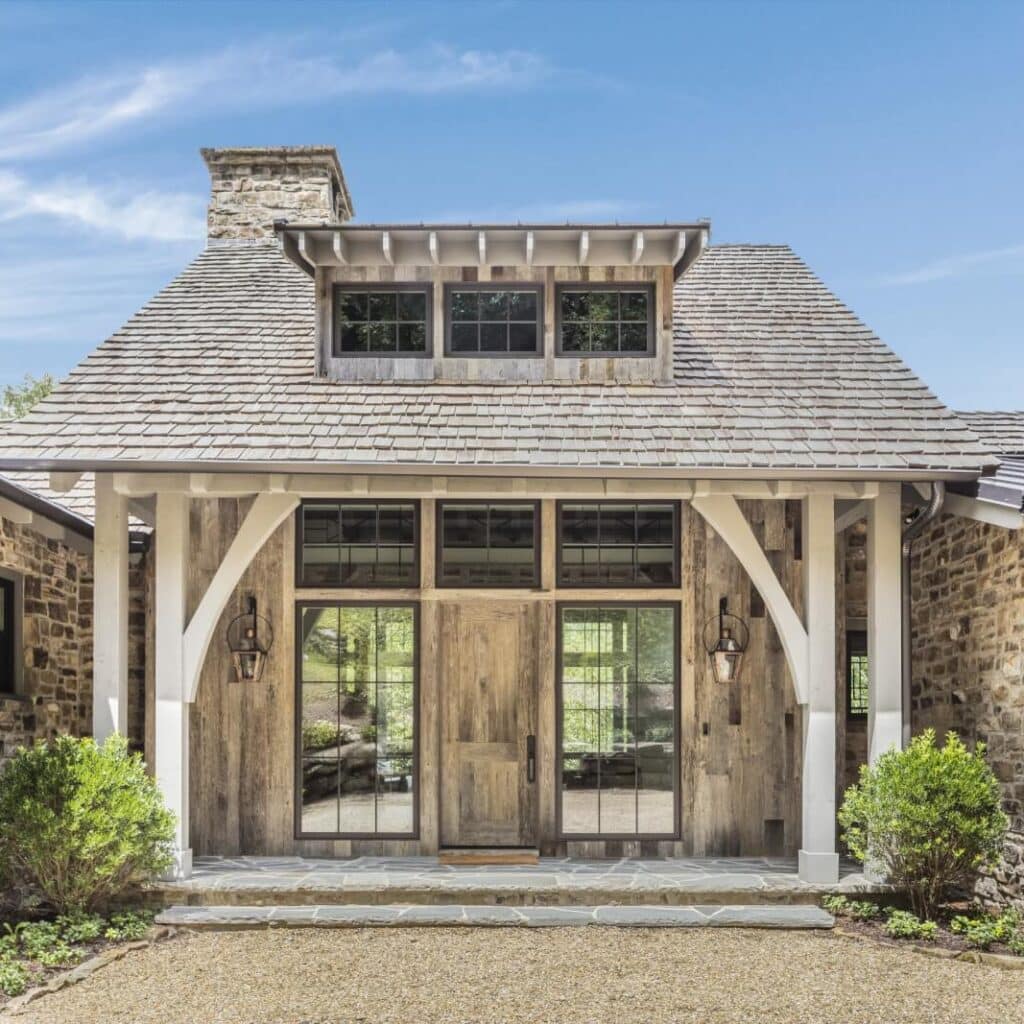Ask Zac Guy how it all started and he’ll point to an old black-and-white photograph of a sawmill, and a Springfield Model 1861 rifle, two precious heirlooms rich with family history. Zac first saw the photo, and heard it’s stories, as a young boy in his Great-Grandfather’s home. Among the men pictured is is Zac’s Great-Great-Great-Grandfather; the first owner of the rifle and founder of the sawmill. The sawmill’s specialty was American chestnut lumber, a wood prized among builders at the time for its strength and the ease which it could be worked.
American chestnut was an integral part of both the Eastern United States ecosystem and its economy until the chestnut blight essentially wiped out the hardwood tree’s population during the early 20th century. Mature specimens of American chestnut are now virtually nonexistent in the tree’s historical range. When Zac turned 16, his Grandfather presented a precious piece of family history to him to care for and cherish; the Springfield Model 1861 his ancestor had carried through the Civil War. When he took possession of the prized but well-used rifle, Zac could not have known the chain of events that would soon be set in motion. What he did know was that the historic rifle deserved better than to be tucked away in a closet. It deserved to be displayed in a manner that would please the eye and honor his ancestor’s memory.
Zac wanted to make a display case for the rifle – a display case made out of the same prized wood with which his Great-Great-Great Grandfather made his living; American chestnut. Zac learned that his high school coach had a neglected structure made from American chestnut on his farm that was available if Zac would disassemble it and remove it. After several weekends of hard work, Zac headed home with a pickup load of this beautiful chestnut when he stopped at a local filling station. Filling up at the next pump was a local builder who immediately recognized the cherished hardwood’s quality and asked to purchase a portion of it. Zac sold the builder most of the wood, keeping for himself just enough to construct his rifle display case. Using the proceeds from that first sale to buy an entire barn made of American chestnut; Zac took it down with help from his father and grandfather and sold the wood to the same local builder. A business was born.
4,500 barns and over 4,000 unique projects later, the business today isn’t fundamentally much different, just much larger. Still family centered and focused on preserving pieces of America’s heritage-rich past, Appalachian Antique Hardwoods does business throughout the United States and internationally. Serving discriminating homeowners, business owners, architects, interior design firms, and contractors, the company maintains its position as the industry leader in reclaimed woods and natural building components. The Appalachian Antique Hardwoods team can regularly be found on television, in magazines, or in lecture halls as educators in the field of reclaimed wood knowledge. Now based in a state-of-the-art manufacturing facility in Waynesville, North Carolina, and only about 500 yards from where it all first began, we are still “Making History…Again.”®
